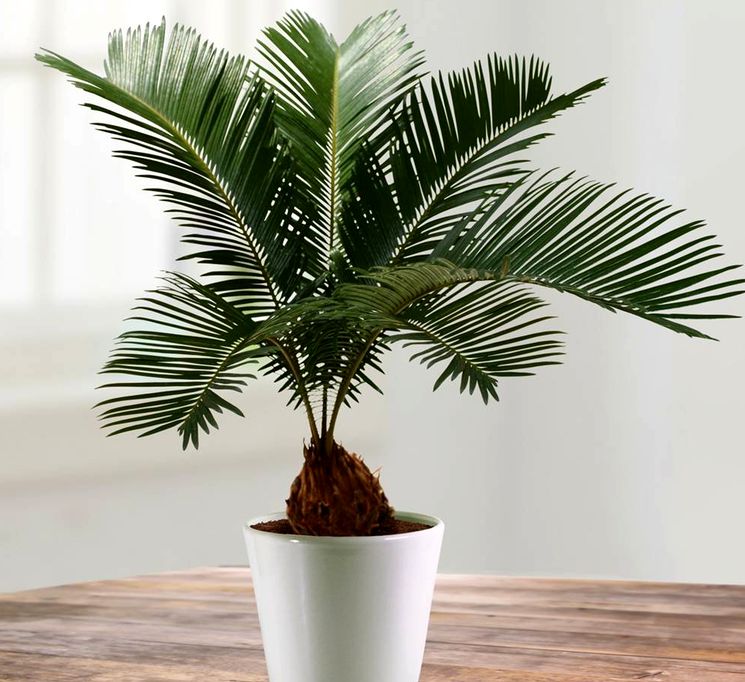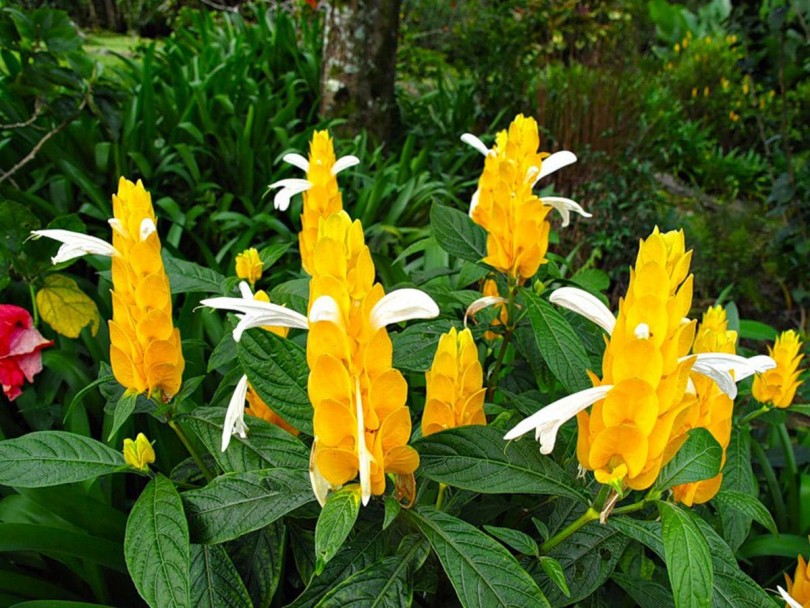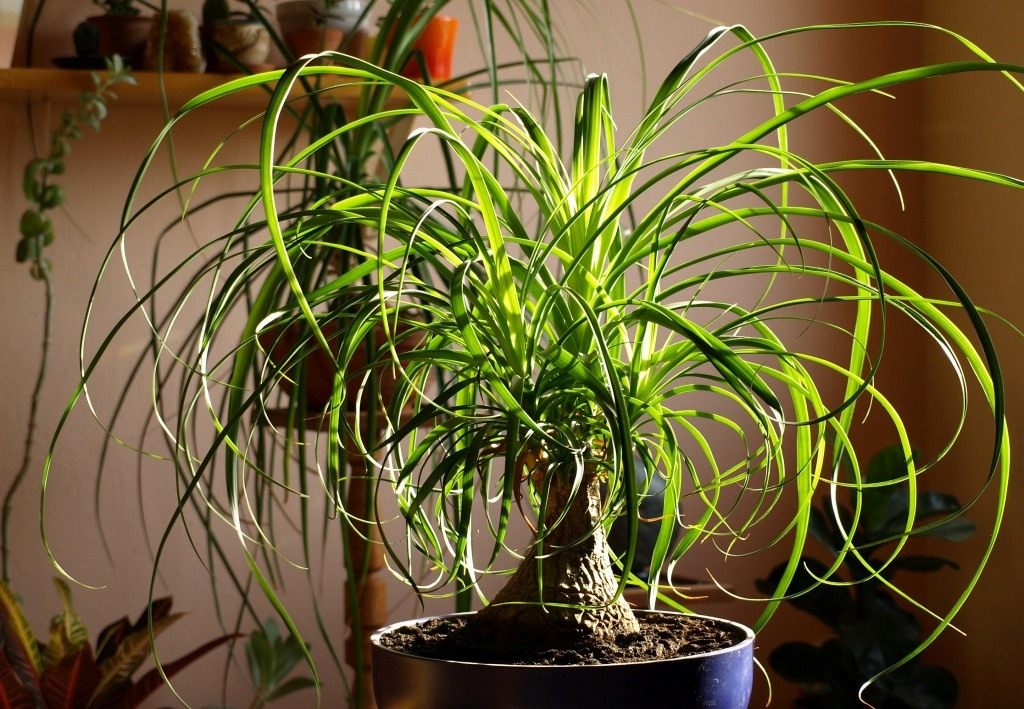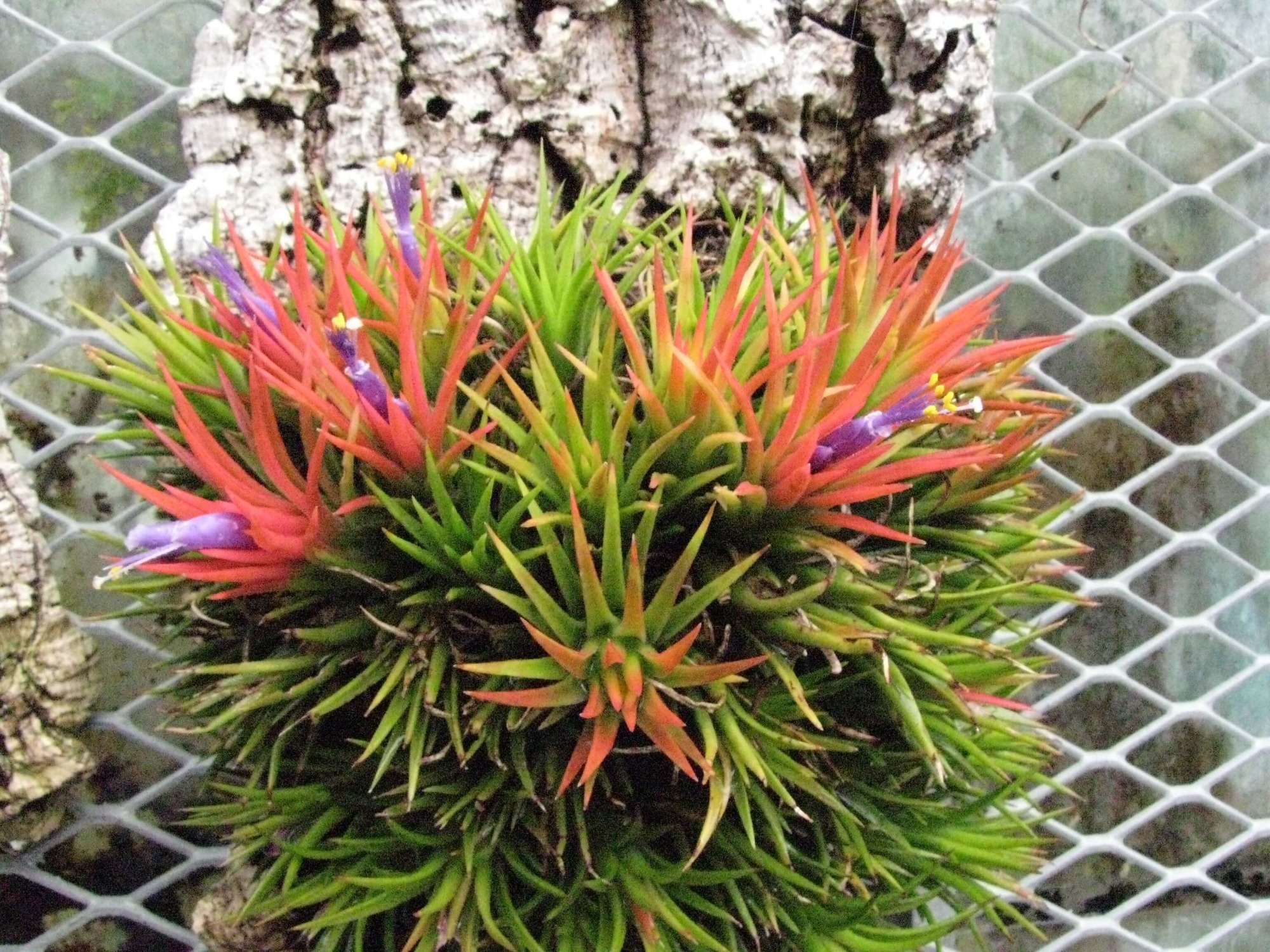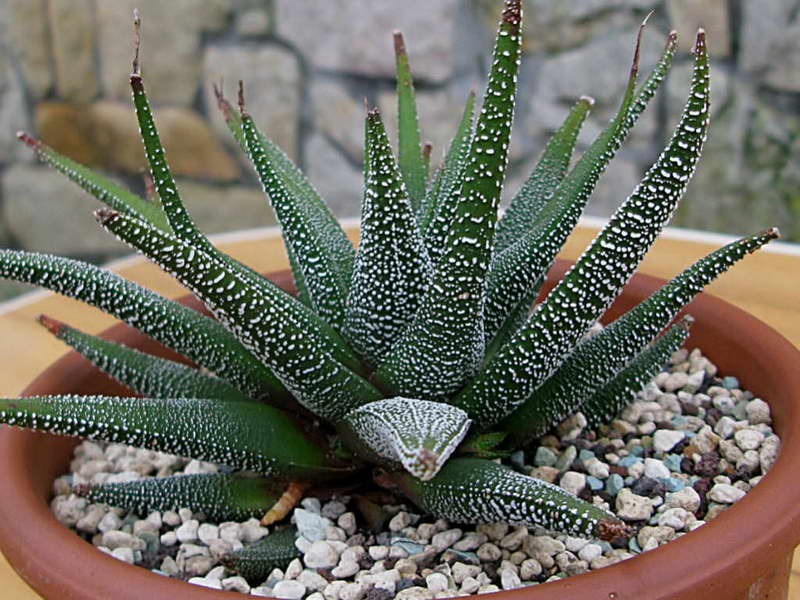Indoor flowers
Tsikas (cycad, sago palm) is an ancient plant from the Sagovnikov family. Due to their unpretentiousness, representatives of this genus continue to exist in our time. Many novice growers are afraid to start a flower, because there are many rumors about its capricious nature. Indeed, it is difficult to take care of him at home, but if all the conditions and rules are observed, a good result can be achieved.
Pachistachis is an ornamental deciduous evergreen plant from the Acanthaceae family, numbering about 25 species. It is native to the tropical forests of America, and also grows in the subtropical climate of the coast of Australia and East India. The plant is prized for its beautiful flowering and exquisite foliage. In common parlance, pachistakhis is called the "golden candle", which is due to the peculiarities of the structure of the inflorescences. Growing this exotic flower at home is easy if you follow the basic care guidelines. It will also be interesting to find out the existing signs, superstitions about pachistachis.
Nolina (bokarnea) is a unique plant that is also called the bottle tree. It belongs to the Agavov family. There are about 30 species in the world. This representative comes from the southern regions of America. Nolina is widespread in home floriculture, which is associated with an exotic type of tree and unpretentious care. Such a plant will decorate any interior, but it fits especially harmoniously into the high-tech style.
Tillandsia is an exotic plant native to the tropics. Maintenance is simple, but it is necessary to organize certain climatic conditions, which is possible not in every apartment. There are two main groups that differ significantly from each other. Each of them has its own characteristics, features of care, reproduction and transplantation.
This plant can often be found in homes and offices, but few people know its real name, which was formed on behalf of the English botanist Adrian Haworth. Contrary to popular belief, Haworthia is not related to cacti, although some of its species are "armed" with thorns, thorns or similar growths. This is an exotic plant, but patient and capricious, and also beautiful. And to have it at home is at least for this reason.
